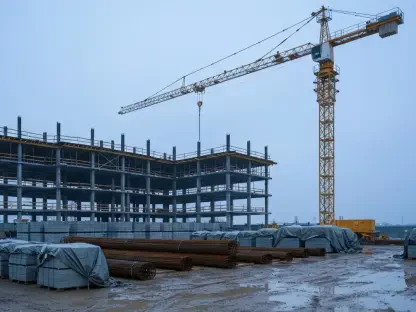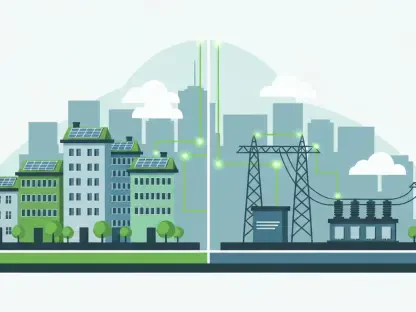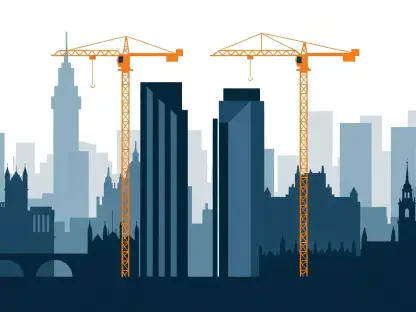The partial collapse of an LA wastewater tunnel has raised critical questions about the future of urban infrastructure projects aimed at protecting local waterways from pollution. This incident has captured significant attention concerning project timelines and environmental impacts, underscoring the urgency of addressing engineering challenges in large-scale initiatives like the Clearwater Project.
Chronology of Events
2019 – Launch of the Clearwater Project
The Clearwater Project was initiated in 2019 with the goal of modernizing LA’s wastewater management system. It was designed to replace outdated pipelines, promising increased reliability and capacity, representing a major advancement in infrastructural standards.
February 2025 – Early Indications of Tunnel Strain
In early 2025, project engineers identified deformation in the tunnel segment rings due to heightened ground pressure. This prompted immediate mitigation efforts to prevent further worsening, emphasizing the intricate relationship between engineering foresight and natural adversities.
July 9, 2025 – Partial Tunnel Collapse
A major turning point occurred on July 9, 2025, with the unforeseen partial collapse of the tunnel, halting construction activities. Fortunately, 27 workers were safely evacuated due to effective emergency protocols, though concerns regarding the project timeline arose.
Post-Collapse Investigation and Response Strategies
After the collapse, comprehensive investigations were initiated by the Sanitation Districts. Efforts to understand the collapse continue, with the joint venture FlatironDragados formulating access strategies to reassess and fix the situation, thereby ensuring future structural integrity.
Conclusion
The events from the inception of the Clearwater Project through to the collapse in July 2025 highlighted the ongoing challenges and pivotal moments that shape large-scale urban infrastructure projects. These developments emphasized the importance of advanced engineering practices while prompting discussions about resilient infrastructure management in geologically active regions. As the investigation into the tunnel collapse continues, experts suggest the need for enhanced simulation models to better anticipate geological pressures. Future efforts will focus on rectifying safety issues comprehensively to resume this essential infrastructure undertaking, which is vital for sustained urban development and environmental stewardship.









